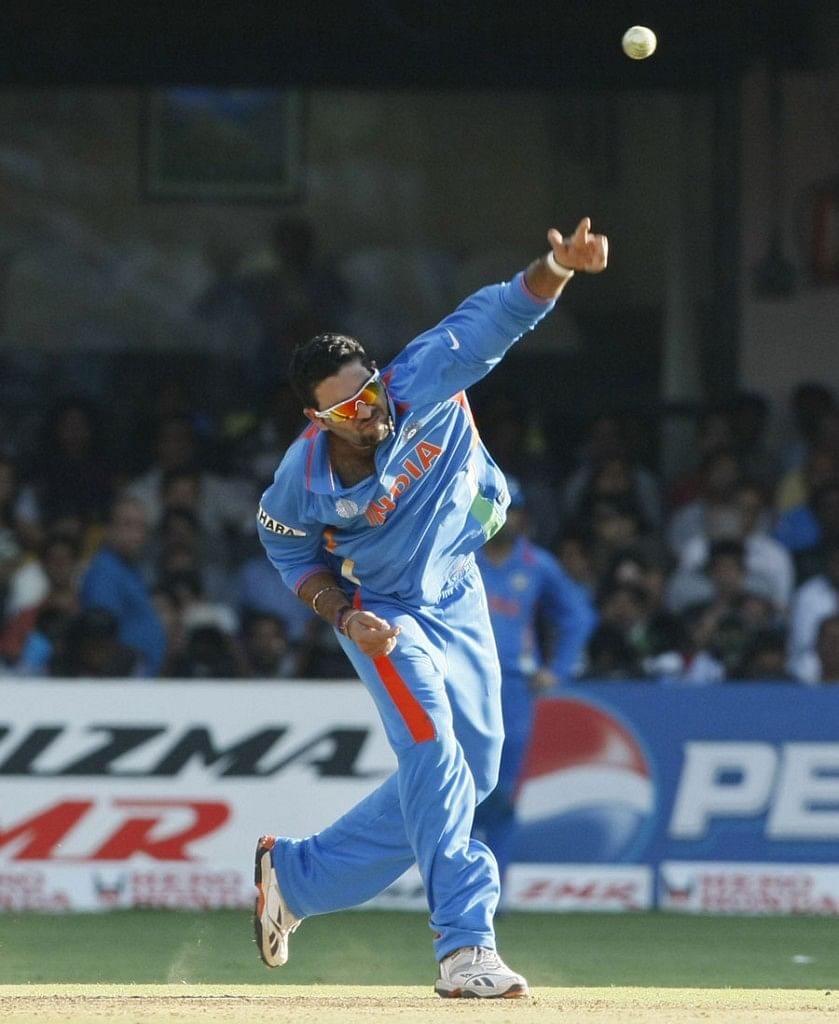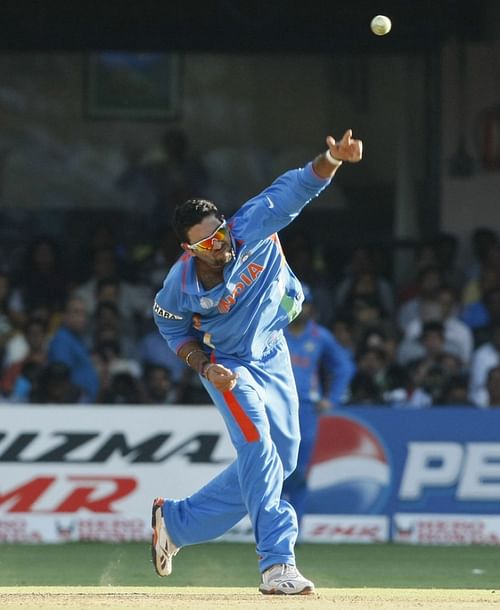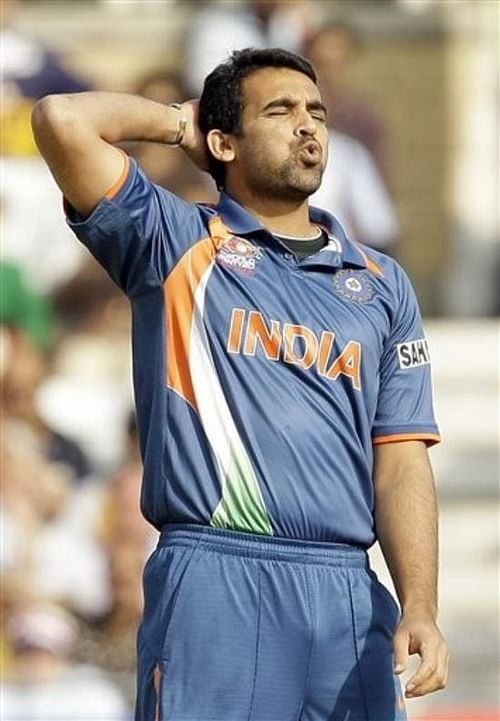
The Million Dollar Problem Between 4 and 5!

Indian cricket is never short of a subject for debate & analysis and currently it’s the constitution of the bowling attack that is the topic of discussion. This subject isn’t new and is going on for a while now. The turn of the millennium saw the revival of Indian cricket as a potent force in limited-overs cricket under Ganguly, Dravid and later MSD. Part of the process had to do with the team adopting a flexible approach; Dravid keeping wickets creating space for a batsman, Irfan’s batting skills harnessed, and lately Yuvraj as a regular bowler in the colored avatar. There is one thing in all that which hasn’t changed – the basic outline of the team with 6 batsmen, 4 bowlers and a keeper, with the notion that Irfan will be a bowler first and Yuvraj will be a batsman first.
Indian bowling attacks have never been threatening as a unit but have been efficient with all the ability they have. This feature works pretty well for limited overs cricket as the winner is decided on the number of runs scored. On paper the bowling chosen for the T20 WC appears pretty formidable with respect to IPL stats but somehow the on-field attack has a certain vacuum. Teams flying into Sri Lanka have carried the traditional mindset about sub-continental tracks (including India) but instead we have a greenish tinge, good carry and a nip in the air, though not outrageous swing and seam.
The 4 bowler theory has received some flak whenever it hasn’t worked or when it appears to possess gigantic loopholes, yet there is something which keeps it going for the team management. Experts have advocated for the 5 bowler theory when the team has Ashwin and Irfan who don’t qualify as typical tail-enders. The fifth bowler may provide a dimension and act as insurance for the rest. It is not that India hasn’t tried this, but the exercise has been too rare to derive conclusions. In theory, the 5 bowler set-up appears flawless, but there is something discomforting about 5 frontline bowlers and Indian teams. India wouldn’t mind the extra bowler for batsman-friendly tracks but can’t have that for places like England and South Africa where the batting does need that extra cover. The theory doesn’t find acceptance in all formats either; rarely has there been talk of 5 bowlers in test sides. Bottom-line – India will always find embracing the 5 bowler logic pretty sticky!

In T20 cricket you don’t really need an expert to bowl you 4 overs if the other 16 are decent. The team management probably works on this principle and cushions its batting and fielding with likes of a Rohit Sharma, to ensure that the extra 20 runs are got scored every innings and a few saved in the field. The problem at the moment lies in completing the 16 rather than the gambled 4. Zaheer isn’t in the pink of health or form, Balaji and Pathan appear one-dimensional and likes of Harbhajan and Dinda (in the waiting) don’t appear to be justifiable replacements. When your strike player is struggling it can have a cascading effect which is the case with Zaheer and the bowling attack. Traditionally, India has tinkered with the men constituting the attack rather than including the extra person in such situations; the indications suggest that the team could do exactly the opposite over the next couple of weeks!
India doesn’t have the luxury of having a Kallis in the side, a genuine all-rounder for all seasons, and hence you find the patchwork arrangement with the bowling. There is a mindset issue as well, with every possible all-rounder expected to deliver aka Watson, Kallis et al. India’s strength has been the batting and as long as MSD and the management devise plans on the assumption that bowlers will concede 160-170 every game and trust in the batsmen is intact, you shouldn’t expect changes for this policy. India’s problems have been compounded with Sehwag, Gambhir and Zaheer struggling for form simultaneously. It is very difficult to modify plans between tournaments but the team has to come up with quick solutions or else England 2009 and West Indies 2010 will be followed by Sri Lanka 2012 pretty soon. Like the UPA-2 government the Indian team is struggling with having long term policy decisions in order and doesn’t appear that either case will have an answer in the recent future!